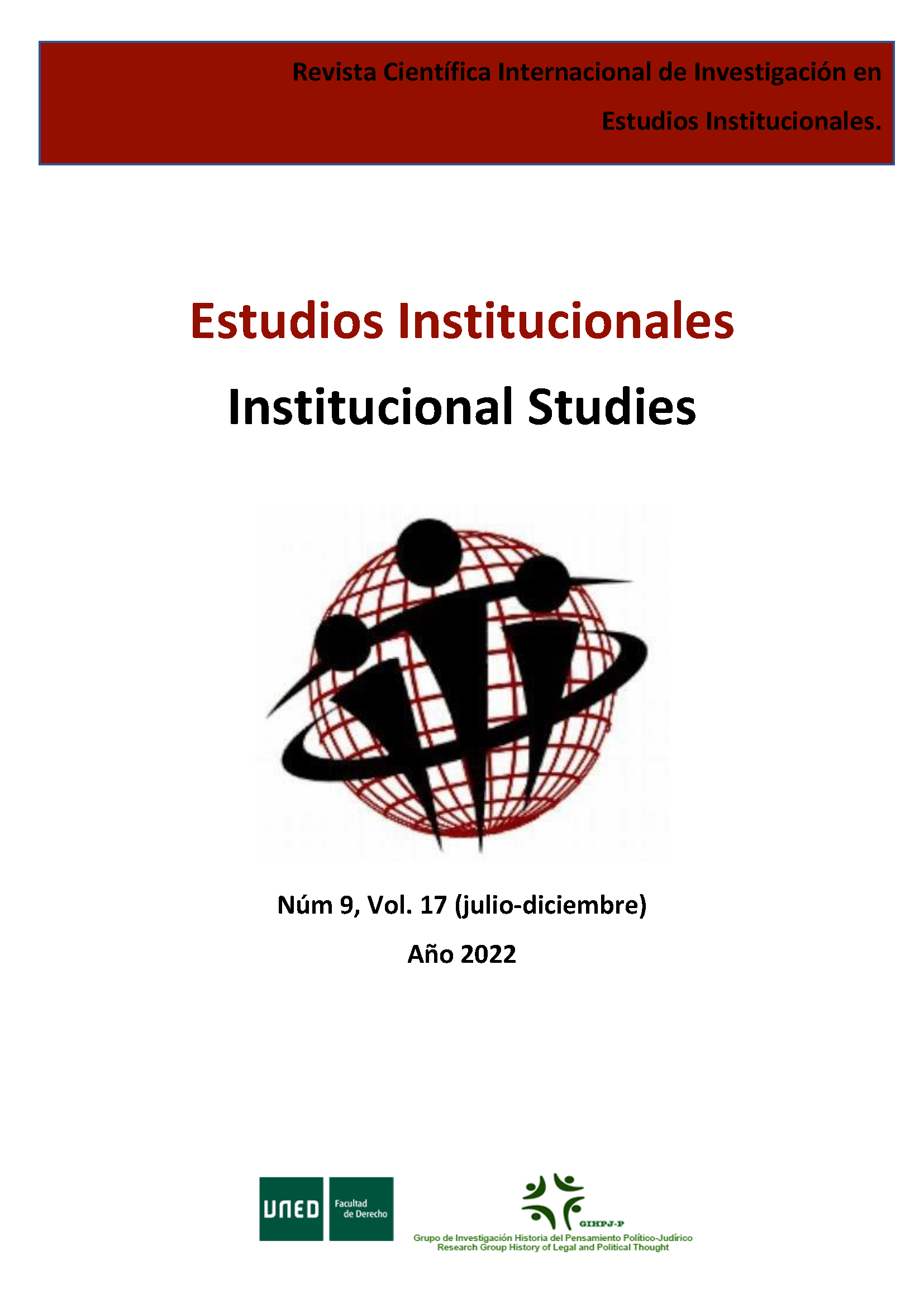Ceremonial for the State Opening of the UK Parliament
DOI:
https://doi.org/10.5944/eeii.vol.9.n.17.2022.35987Keywords:
ceremony, protocol, State, institutions, Britanic PaliamentAbstract
The state opening of the Parliament of the United Kingdom by the monarch in the Palace of Westminster is one of the biggest political events that has been happening annually in the history of this nation -with few exceptions- and marks the beginning of the new parliamentary year. Everything happens under the guidelines of a solemn and detailed ceremonial loaded with symbology and tradition, with which the hegemony of the State and its sovereign power are expressed and revealed through the historical consolidation and relationship that its fundamental institutions have developed, such as the monarchy and bicameral parliament.
Downloads
Downloads
Published
How to Cite
Issue
Section
License

This work is licensed under a Creative Commons Attribution-NonCommercial-NoDerivatives 4.0 International License.






